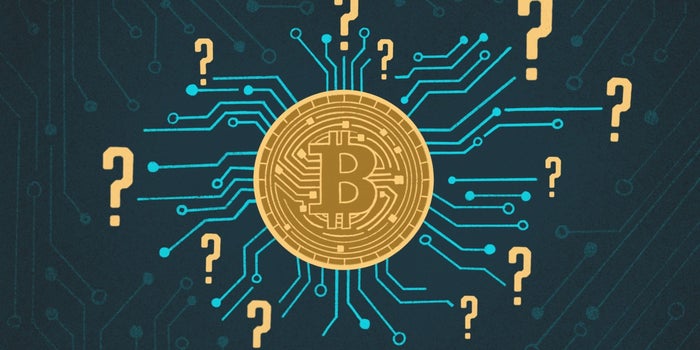Crypto Coins – Exploring the Intersection of Virtual Worlds and Digital Assets
In the rapidly evolving landscape of digital assets, the convergence of virtual worlds and cryptocurrencies has emerged as a fascinating frontier. This intersection represents a dynamic space where blockchain technology meets immersive digital environments, creating new opportunities and challenges alike. Virtual worlds have long captivated human imagination, offering realms where individuals can escape reality and engage in diverse experiences, from gaming and socializing to commerce and creativity. However, the introduction of cryptocurrencies has added a new layer of depth to these virtual ecosystems. One of the most notable developments in this realm is the concept of non-fungible tokens NFTs. These unique digital assets are built on blockchain technology, enabling the tokenization of digital content, such as artwork, collectibles, and virtual real estate. NFTs provide creators and users with verifiable ownership and provenance, revolutionizing the way we perceive and transact with digital assets within virtual worlds. Gaming platforms have been at the forefront of integrating cryptocurrencies and NFTs into their ecosystems.

These assets, ranging from virtual land parcels to in-game characters, hold real economic value, fostering vibrant virtual economies where users can earn income and participate in decentralized governance. Moreover, the concept of play-to-earn has gained traction, wherein players can generate income by engaging with virtual worlds. Players can earn cryptocurrency rewards by breeding, battling, and trading digital creatures. This novel economic model has attracted millions of users worldwide, blurring the lines between leisure and livelihood in the digital realm. Beyond gaming, virtual worlds offer fertile ground for innovative applications of cryptocurrencies and NFTs. Virtual real estate markets, powered by blockchain technology, are flourishing within platforms. Investors and enthusiasts alike can purchase, develop, and monetize virtual properties, creating new avenues for virtual tourism, events, and social interactions. The entertainment industry is also embracing the potential of virtual worlds and digital assets. Musicians, artists, and content creators are leveraging NFTs to tokenize and monetize their work, bypassing traditional intermediaries and engaging directly with their audiences.
Virtual concerts and exhibitions hosted within platforms demonstrate the growing synergy between art, technology, and blockchain innovation. However, the integration of cryptocurrencies and virtual worlds also presents significant challenges. Regulatory uncertainty, scalability issues, and environmental concerns surrounding blockchain technology pose obstacles to widespread adoption and sustainability. Moreover, the volatile nature of cryptocurrency markets introduces financial risks for users and investors within virtual ecosystems. Addressing these challenges requires collaboration among stakeholders, including developers, regulators, and communities. Striking a balance between innovation and responsibility is essential to nurture a thriving ecosystem where creativity, inclusivity, and sustainability converge. The intersection of virtual worlds and digital assets represents a frontier ripe with potential and promise. From gaming and entertainment to commerce and beyond, cryptocurrencies and NFTs are reshaping the way we interact, transact, and create value within virtual environments. By embracing innovation, fostering community engagement, and addressing key challenges, Crypto Coins in 2024 can unlock the full potential of this dynamic convergence, ushering in a new era of decentralized virtual economies and experiences.